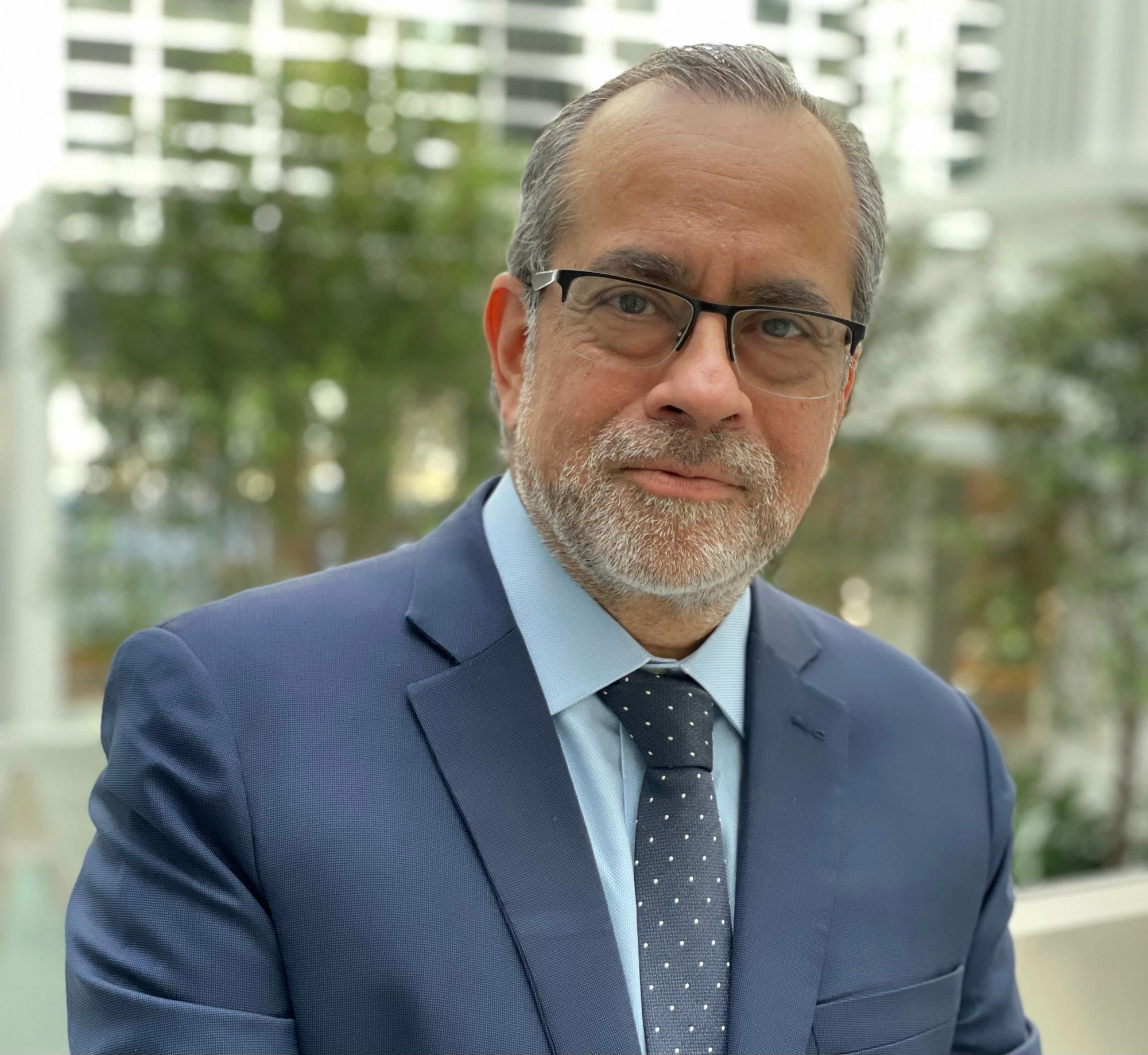 Girl attending class in a school in a refugee camp. Photo: Shutterstock
Girl attending class in a school in a refugee camp. Photo: Shutterstock
Today’s news is dominated by the latest wave of refugees fleeing violent and horrifying conflict. As with previous waves of displaced people the world over, the 2.5 million (and counting) Ukrainian refugees consist disproportionately of women and children, whose lives have been dramatically upended. In addition to the trauma they are living today, the shock of this war will be felt tomorrow and beyond, as many will never fully recover from having their educational pathway so disrupted.

This massive and growing global challenge of having so many children living in conflict and violent situations requires a response at the same scale and scope. Our education engagement in Fragility, Conflict and Violence (FCV) context, which stands at $6.2 billion, has grown rapidly in recent years, reflecting the ever-increasing importance of the FCV agenda in education. Indeed, these projects now account for more than 25 percent of the World Bank education portfolio of US$ 23 billion. As our support continues to grow to face the more numerous and longer-lasting crises (including those induced by climate emergencies), investments will be guided by our new White Paper. The paper states that education is especially crucial to minimizing the effects of fragility and displacement on the welfare of youth and children in the short-term, and preventing the emergence of violent conflict in the long-term. It outlines our proposed way forward for keeping children safe and learning in these most difficult contexts, following the pillars of the WBG Strategy for Fragility, Conflict, and Violence. Here we focus on the main messages under each pillar.

First, education can prevent conflict and promote peace if services are provided responding to historical grievances, addressing persistent exclusions, and helping correct inequalities across ethnic, religious, racial, caste, language or other lines. We’ve seen this in the case of Somalia, where rebuilding the nation’s education system required complicated negotiations across states to ensure that federal efforts to finance services didn’t exacerbate inequalities across regions, or otherwise refuel further civil strife and tensions. The success to this rebuilding requires careful analysis of the drivers to conflict, such that the risks and options on the table are well considered and understood.
Second, education holds the promise of promoting peace at the individual level and at the societal level. Curricular content and pedagogic approaches are advantages unique to the education system for fostering peace. Students, teachers, and school leaders should be supported to make the most of this advantage Through Ahlan Simsim, a program run by the IRC and Sesame Workshop, Syrian refugee children, along with those children living in host communities, are taught the socio-emotional skills at an early age that will set the societal foundations for tolerance and acceptance of the other.
Eliminating gender disparities also multiplies peace-building efforts. Addressing the inequalities that underpin gender disparities – in addition to ensuring fundamental human rights – will have a multiplying effect on efforts to foster inclusion, social cohesion, and, ultimately, lasting peace. We echo here what Malala Yousafzai and others have called for, most recently with regards to financing girls’ education in Afghanistan to the scale needed to serve the generation of girls currently banned from pursuing their education.

The World Bank FCV Strategy calls on us to remain engaged in situations of active conflict. The coming years will see a substantial extension of our activities in crisis situations and active conflicts. Partnership with humanitarian and peace-building actors will need to expand, and local alternatives to traditional global partners should be explored. In Yemen and Afghanistan, partnering with UNICEF has been a crucial strategy for helping to ensure the continuity of education services, for example, by using UN mechanisms for financing teacher salaries, or through UN-run community schools.
In addition to expanding proven partnerships, testing new collaboration arrangements with local actors will also feature more prominently. Working with those closest to affected schools and students allows for a quicker crisis response embedded in the structures of the communities we seek to serve. These untested partnerships will require a greater tolerance for risk, and embracing fiduciary arrangements that are as flexible as possible.
The transition to stability requires a sequence of reforms that move crisis-affected populations from humanitarian beneficiaries to development participants. Early warning systems are one way to build up state functions for identifying, avoiding, and/or managing future crises. Our work will also strengthen government functions through standing protocols for incorporating IDPs and refugees into schools / education systems, building climate-resilient infrastructure and schools that can serve as emergency shelters in times of crisis. Investing in state capabilities at the level closest to beneficiaries will also be strengthened. Our work in Haiti, for example, has showed that municipalities and districts are strong sources of resilience and stability, providing a foundation on which to (re)build.
Support to refugees and IDPs should not exclude host communities that often face the same challenges that drove the forced displacement and are therefore in just as much need as the populations they are hosting. Integration into public education systems is often the only financially viable long-term solution to the protracted situations that displaced peoples face. Investing in the existing public education structures helps avoid the pitfalls of creating parallel systems that have dimmer prospects for long-term sustainability. Experiences in contexts as diverse as Turkey, Lebanon, and Cameroon have shown that the World Bank’s preferential role in supporting client governments makes us uniquely placed to support the integration of refugee education into host country systems. This is the main message of the Global Compact on Refugees, spearheaded by UNHCR, which we wholeheartedly endorse.
The ideas under these pillars will shape our engagements in FCV settings. They will be increasingly complex and protracted and will require flexibility, tolerance for risk, patient building of capabilities, as well as a focus on ensuring equitable opportunities. The operational response must match the massive scale of the compounded learning-and-fragility crises we are witnessing. Success for this response is predicated on working with and learning from humanitarian partners that have longstanding programs in these hardest to serve places. These partnerships – and partners – need to be properly financed to ensure results over the long-term. It also requires new partnerships with local actors that are closest to the populations we seek to serve, so that our engagements are embedded in the community structures that will sustain them and provide a source of stability on which to build for the future.






Join the Conversation